Your guide to the night sky this month
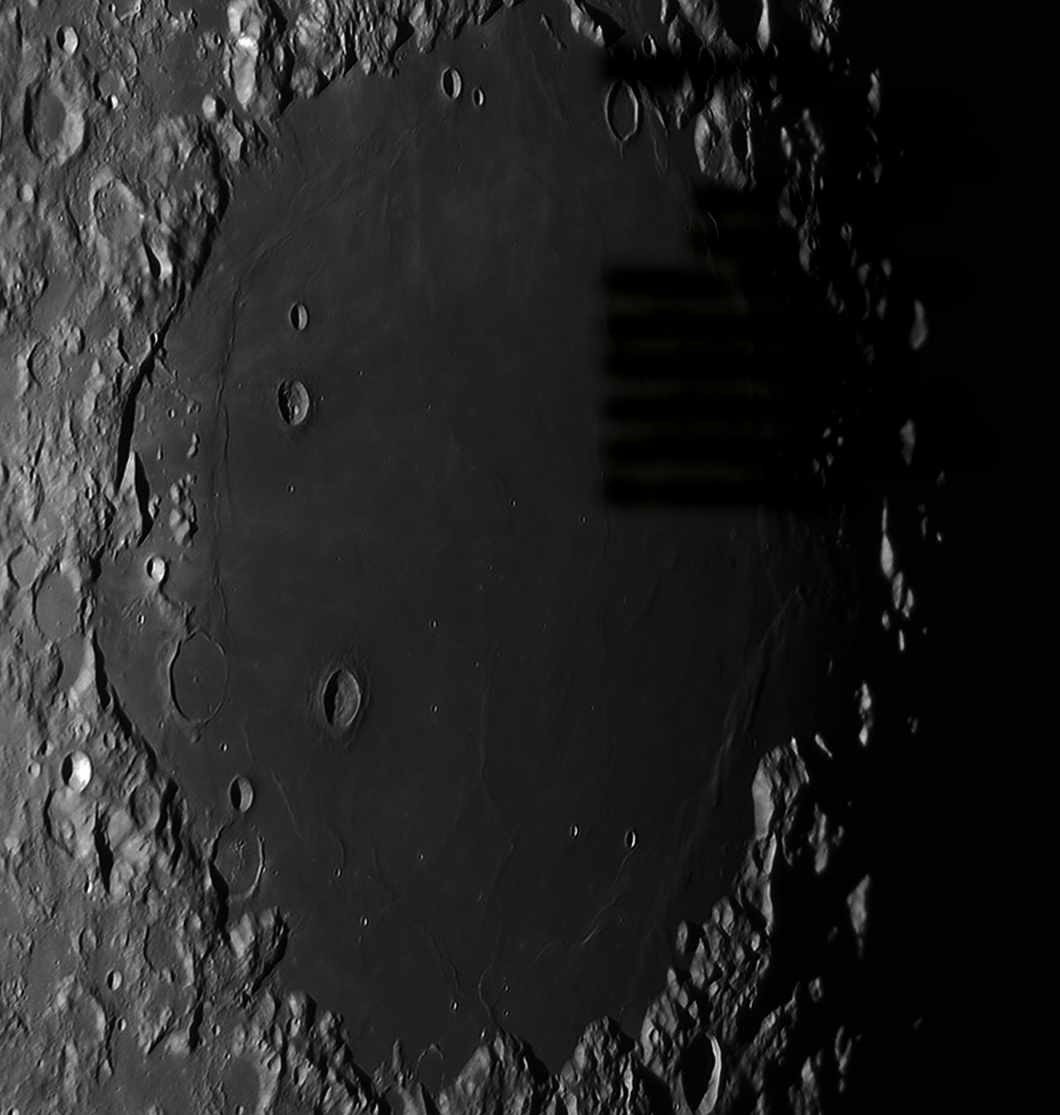
6 Saturday
Night is falling on our Moonwatch target, Mare Crisium, visible tonight and tomorrow night. Catch it later in the month too, between 22 and 24 May. See here for more details about Mare Crisium.
7 Sunday
Eta Aquariid meteor shower reaches peak activity this morning but a bright, just-past-full Moon in the sky will cause issues this year.
8 Monday
From now until 23 May is a good time to check out this month’s Deep-Sky Tour which is looking at targets near the Plough.

9 Tuesday
Mag. –4.1 Venus is located 1.8° north of the mag. +5.0 open cluster M35 this evening. It’s a tricky catch as the sky only gets dark enough to see the cluster stars as Venus approaches setting.
10 Wednesday
After moonset, view Corona Borealis high in the south around midnight BST. Here lies the irregular variable star R Coronae Borealis, which varies between mag. +5.7 and +15. Have a look and see if it’s visible.
11 Thursday
Lunar libration and phase favours the northern polar region of the Moon at the moment, a good opportunity to look out for rarely seen features such as craters Hermite (111km) and Rozhdestvenskiy (177km).
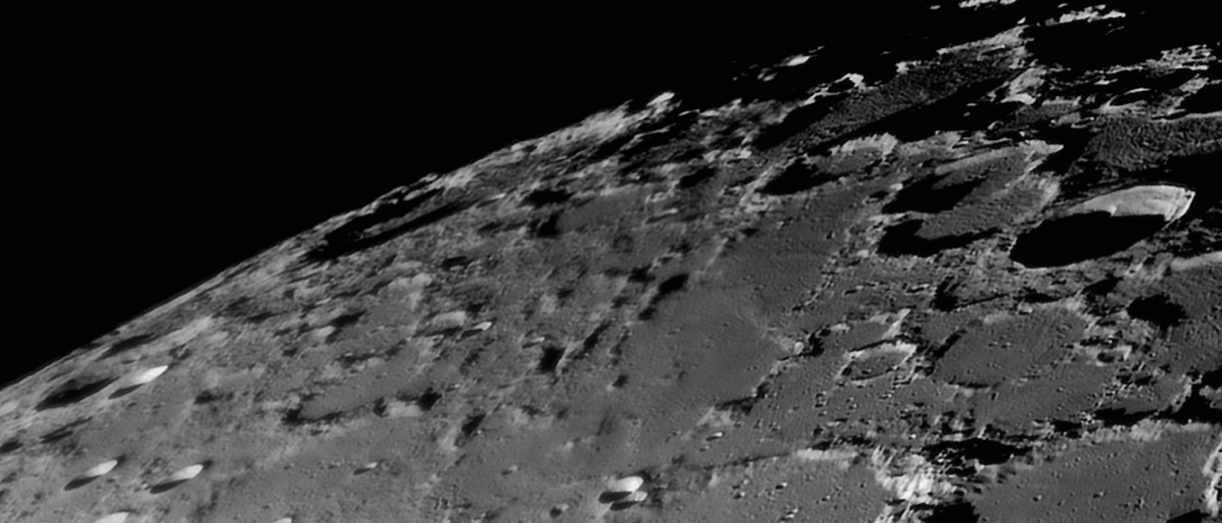
12 Friday
Before the dark skies totally slip away as we approach the June solstice next month, check out our Star of the Month, Diadem (Alpha (α) Comae Berenices) here.
16 Tuesday
Venus is 0.7° north of Mebsuta (Epsilon (ε) Geminorum). The pairing is visible as darkness falls and Venus approaches the northwest horizon.

17 Wednesday
Today, the 5%-lit Moon and Jupiter have a very close encounter, resulting in a rare lunar occultation of the gas giant as seen from the northern part of the UK. See The Big Three for details.
21 Sunday
Minor planet 44 Nysa reaches opposition, shining at mag. +10.3 near the border between Scorpius and Libra.
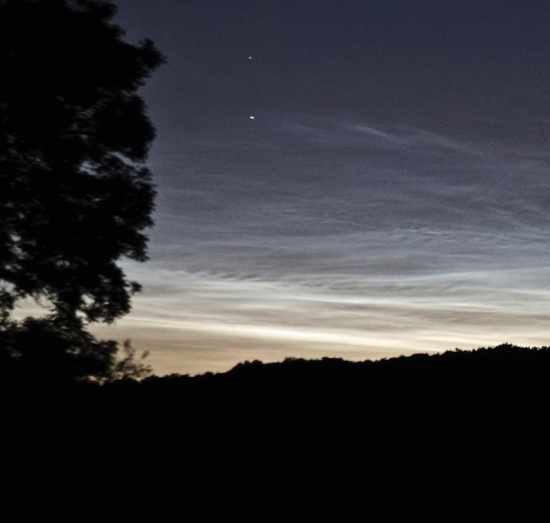
22 Monday
It’s time to look out for noctilucent clouds. If they are present, they are typically seen low above the northwest horizon 90–120 minutes after sunset or a similar time before sunrise, low above the northeast horizon.
23 Tuesday
Tonight the May Camelopardalids meteor shower reaches peak activity.
A 14%-lit crescent Moon passes 1.7° north of mag. –4.1 Venus during daylight hours.
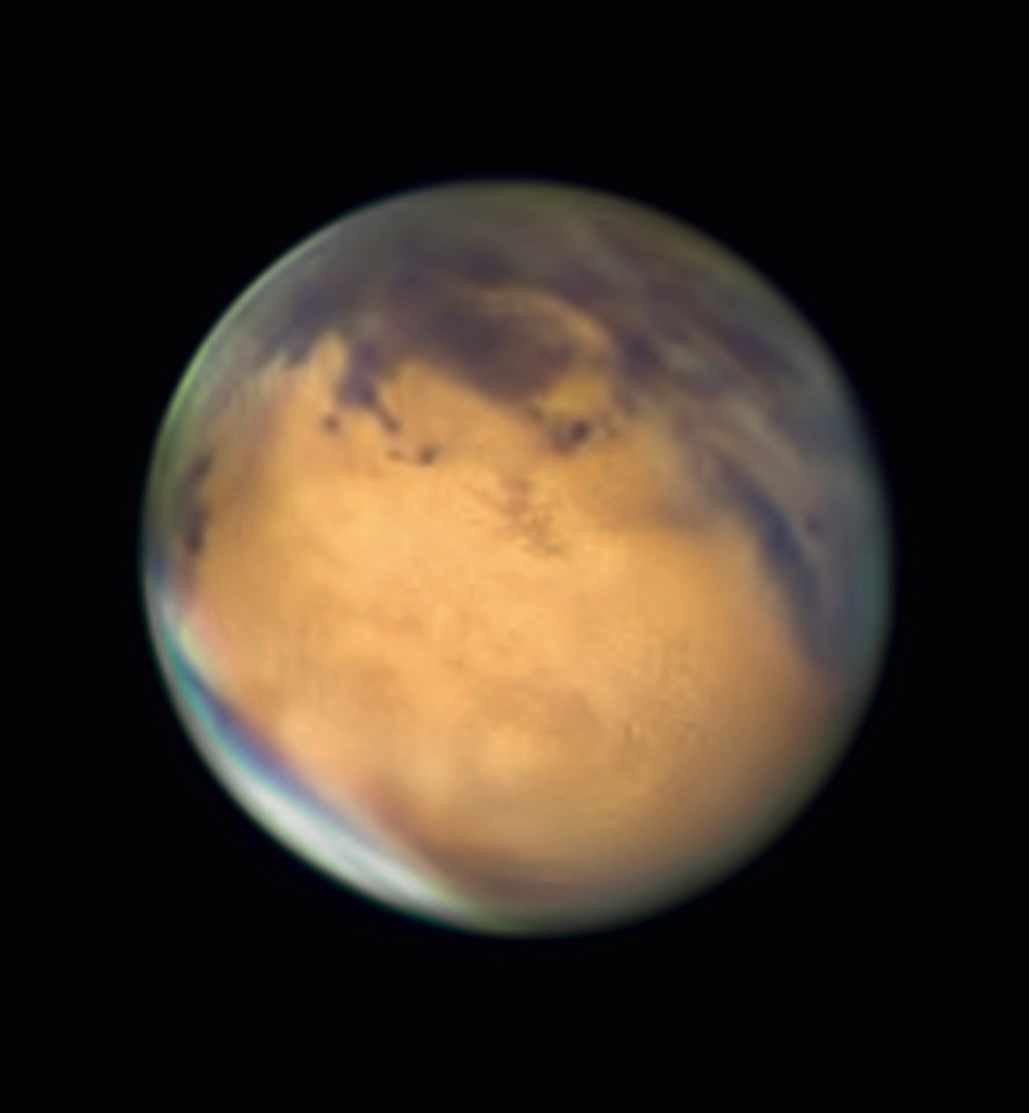
24 Wednesday
This evening the 25%-lit waxing crescent Moon lies 3° north of mag. +1.5 Mars.
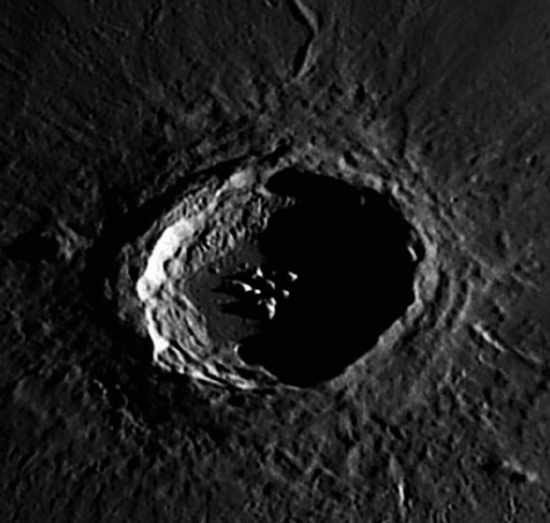
27 Saturday
The clairobscur effect known as the Stars of Aristillus is visible this evening. It occurs when the central peaks within crater Aristillus catch the early light of the lunar dawn.
29 Monday
Mercury reaches greatest western elongation, separated from the Sun by 24.9° in the morning sky. The Jewelled Handle clair-obscur effect is visible on the Moon tonight.
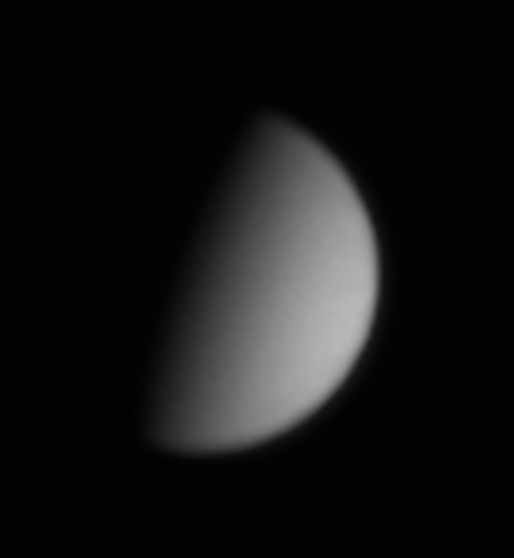
30 Tuesday
Viewing Venus through a telescope reveals the planet approaching 50% illumination. Venus’s ‘phase anomaly’ means the phase you observe is different to the phase predicted for that date. When do you think Venus looks 50%-illuminated?
31 Wednesday
As it approaches setting, Mars will be just to the west of the Beehive Cluster, M44. The planet is due to pass in front of the cluster in early June.
Family stargazing
Venus will appear near the beautiful Pleiades open cluster this month. This is conveniently placed and timed in the evening sky. Closest approach is on 10 April, but the approach and separation can be seen on the days before and after this. If it’s clear, head outside and suggest making a drawing of the encounter based on what can be seen with the naked eye. The Pleiades are also known as the Seven Sisters, so use this opportunity to ask how many of the cluster stars you can see. bbc.co.uk/cbeebies/shows/stargazing
NEED TO KNOW
The terms and symbols used in The Sky Guide
Universal Time (UT) and British Summer Time (BST)
Universal Time (UT) is the standard time used by astronomers around the world. British Summer Time (BST) is one hour ahead of UT
RA (Right ascension) and dec. (declination)
These coordinates are the night sky’s equivalent of longitude and latitude, describing where an object is on the celestial ‘globe’
Naked eye
Allow 20 minutes for your eyes to become dark-adapted
Photo opp
Use a CCD, planetary camera or standard DSLR
Binoculars
10×50 recommended
Small/medium scope
Reflector/SCT under 6 inches, refractor under 4 inches
Large scope
Reflector/SCT over 6 inches, refractor over 4 inches
GETTING STARTED IN ASTRONOMY
If you’re new to astronomy, you’ll find two essential reads on our website. Visit bit.ly/10_easylessons for our 10-step guide to getting started and bit.ly/buy_scope for advice on choosing a scope
MORE ONLINE
For Paul Abel and Pete Lawrence’s night-sky highlights for the month, see our Virtual Planetarium at
www.skyatnightmagazine.com/bonus-content/KZRG5FS